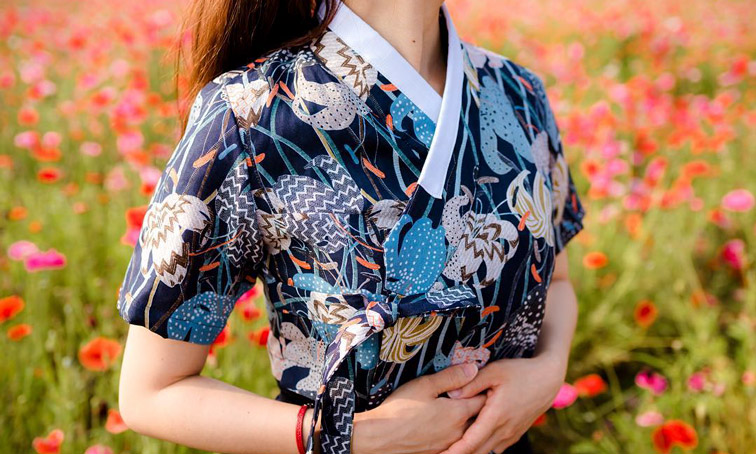Asian fashion has undergone a fascinating transformation over the years, blending centuries-old traditions with modern innovation. One of the most remarkable trends in recent times is the resurgence of traditional attire such as the Korean hanbok, Japanese kimono, Indian saree, and Chinese qipao, reimagined for contemporary lifestyles. These garments, once reserved for cultural ceremonies or special occasions, are now making their way into everyday wardrobes and global runways.
The Korean hanbok, known for its vibrant colors and flowing silhouette, has seen a revival thanks to modern designers who have introduced lightweight fabrics and simplified designs. Today, it can be styled as a chic two-piece outfit, pairing the jeogori (jacket) with skirts or even jeans. Similarly, the Japanese kimono has evolved into versatile streetwear, with designers offering shorter versions and pairing them with belts or boots for a stylish urban look.
In South Asia, the saree and lehenga are being redefined with fusion aesthetics. Designers are incorporating contemporary fabrics like satin and organza, and adding experimental drapes that allow women to wear these outfits comfortably for both formal events and casual outings. The Chinese qipao, traditionally a tight-fitting dress, has also been adapted with modern cuts, asymmetrical hemlines, and bold patterns that appeal to younger generations.
This revival is more than a fashion trend; it represents cultural pride and sustainability. By reintroducing traditional garments, designers encourage consumers to embrace heritage while reducing the environmental footprint associated with fast fashion. Many artisans and craftsmen are also benefiting from this movement, as demand for handwoven fabrics, embroidery, and natural dyes continues to grow.
Celebrities and influencers across Asia and beyond have played a crucial role in popularizing these styles. From red carpet events to social media platforms, the fusion of tradition and modernity has become a symbol of elegance and individuality. Moreover, global fashion houses have started collaborating with Asian designers, further cementing the influence of these garments on international fashion.
The future of Asian fashion lies in this harmonious blend of old and new. Traditional attire is no longer confined to cultural identity alone; it has become a global statement of style, creativity, and sustainability. As designers continue to innovate, these garments will remain timeless pieces that bridge history with modernity, proving that fashion can honor the past while shaping the future.

